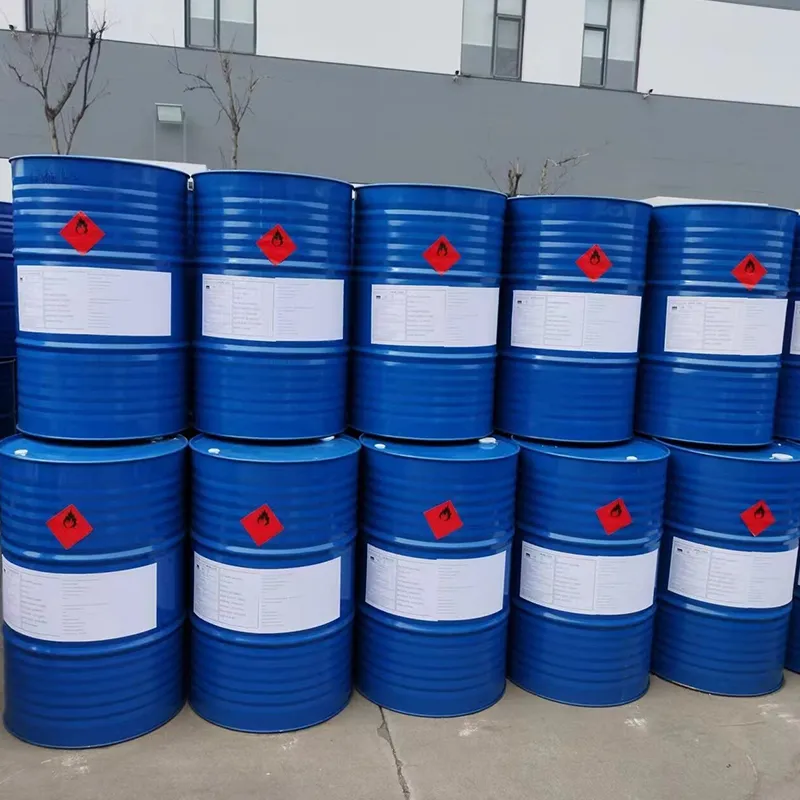
butadiene rubber
Understanding Butadiene Rubber Properties, Applications, and Future Trends
Butadiene rubber, commonly known as BR, is a synthetic rubber derived from the polymerization of 1,3-butadiene, a colorless gas that is a byproduct of oil refining and the petrochemical industry. This type of rubber has gained immense popularity due to its unique properties and wide range of applications, making it an essential material in various industries.
One of the most notable characteristics of butadiene rubber is its excellent elasticity and resilience. This property allows BR to stretch and deform under stress before returning to its original shape, making it ideal for applications where flexibility and durability are essential. The material exhibits good wear resistance and low rolling resistance, which enhances its performance in specific uses, particularly in the automotive sector.
The automotive industry is one of the largest consumers of butadiene rubber. It is widely used in the production of tires, where its properties contribute to improved grip and longevity. BR is often blended with other polymers, such as styrene-butadiene rubber (SBR), to enhance performance characteristics in tire formulations. Additionally, butadiene rubber is also used in the manufacturing of various automotive components, including seals, gaskets, and vibration dampeners.
butadiene rubber

In addition to the automotive sector, butadiene rubber finds applications in the production of adhesives, coatings, and sealants. Its ability to adhere well to a variety of surfaces and its resistance to degradation make it a favored choice for many industrial applications. Furthermore, BR is an essential ingredient in the manufacture of rubber footwear and conveyor belts due to its toughness and resistance to wear.
As industries seek to expand their sustainability efforts, researchers are exploring bio-based alternatives to traditional butadiene rubber. Efforts are underway to produce butadiene from renewable resources, such as plant materials, which could reduce the environmental impact associated with its production. Moreover, advancements in recycling technologies aim to reclaim butadiene rubber from waste tires and other rubber products, thus promoting a circular economy.
The future of butadiene rubber looks promising, with ongoing innovations and improvements in material formulations. The demand for high-performance rubber that meets stringent environmental and safety standards will likely drive research and development efforts in this field. As industries evolve, butadiene rubber will continue to play a crucial role, balancing performance, sustainability, and economic viability.
In conclusion, butadiene rubber is a versatile material that has become a staple across various industries. Its unique properties make it an invaluable resource in automotive and industrial applications. As the world moves toward sustainable practices, the evolution of butadiene rubber will undoubtedly reflect these changes, paving the way for a greener future.
-
Understanding Synthetic Rubber OptionsNewsApr.27,2025
-
Trichloroisocyanuric Acid: Essential for Clean and Safe WaterNewsApr.27,2025
-
Sodium Dichloroisocyanurate: Key to Safe Water TreatmentNewsApr.27,2025
-
Sodium Acid Pyrophosphate: Essential in Modern Food ProcessingNewsApr.27,2025
-
Essential Water Treatment ChemicalsNewsApr.27,2025
-
Denatured Alcohol and Its Industrial UsesNewsApr.27,2025
-
The Versatile Uses of Sodium BicarbonateNewsApr.24,2025
Hebei Tenger Chemical Technology Co., Ltd. focuses on the chemical industry and is committed to the export service of chemical raw materials.
-

view more DiethanolisopropanolamineIn the ever-growing field of chemical solutions, diethanolisopropanolamine (DEIPA) stands out as a versatile and important compound. Due to its unique chemical structure and properties, DEIPA is of interest to various industries including construction, personal care, and agriculture. -

view more TriisopropanolamineTriisopropanolamine (TIPA) alkanol amine substance, is a kind of alcohol amine compound with amino and alcohol hydroxyl, and because of its molecules contains both amino and hydroxyl. -

view more Tetramethyl Thiuram DisulfideTetramethyl thiuram disulfide, also known as TMTD, is a white to light-yellow powder with a distinct sulfur-like odor. It is soluble in organic solvents such as benzene, acetone, and ethyl acetate, making it highly versatile for use in different formulations. TMTD is known for its excellent vulcanization acceleration properties, which makes it a key ingredient in the production of rubber products. Additionally, it acts as an effective fungicide and bactericide, making it valuable in agricultural applications. Its high purity and stability ensure consistent performance, making it a preferred choice for manufacturers across various industries.











